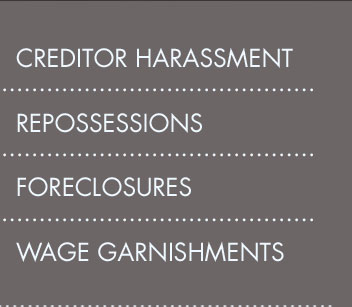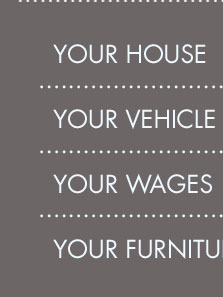 |
 |
 |
|---|
 |
 |
 |
|---|---|---|
 |
 |
 |
 |
 |
 |
|---|---|---|
 |
 |
 |
 |
Filing for Bankruptcy: A Comprehensive Guide
Understanding Bankruptcy
Bankruptcy is a legal process that offers individuals and businesses relief from debts they cannot repay. It provides a fresh start by discharging debts or creating a repayment plan.
Types of Bankruptcy
- Chapter 7: Liquidation of assets to repay creditors.
- Chapter 13: Reorganization and repayment plan over 3-5 years.
- Chapter 11: Mainly for businesses to reorganize while continuing operations.
Filing Process
The process of filing for bankruptcy involves several steps. Consulting with bankruptcy lawyers new york ny can provide valuable insights tailored to your situation.
Steps to File
- Credit Counseling: Mandatory session to explore alternatives.
- Filing Petition: Submit required forms and documents to the court.
- Automatic Stay: Immediate relief from creditors’ collection actions.
- 341 Meeting: Meeting of creditors to discuss your finances.
- Discharge: Completion of the process with debt relief.
Benefits and Drawbacks
Filing for bankruptcy can provide relief but also carries consequences.
Advantages
- Debt Relief: Clears unsecured debts and stops collections.
- Fresh Start: Opportunity to rebuild credit and financial health.
Disadvantages
- Credit Impact: Significant negative effect on credit score.
- Public Record: Bankruptcy filings are public information.
Frequently Asked Questions
What debts are discharged in bankruptcy?
Bankruptcy can discharge unsecured debts such as credit card balances, medical bills, and personal loans. However, certain debts like student loans, alimony, and child support are generally not dischargeable.
How long does bankruptcy remain on a credit report?
A Chapter 7 bankruptcy can remain on your credit report for up to 10 years, while Chapter 13 typically stays for 7 years from the filing date.
Final Thoughts
Understanding the complexities of filing for bankruptcy is crucial. Engaging with knowledgeable professionals, like bankruptcy lawyers pueblo co, ensures you navigate the process effectively and make informed decisions.
Chapter 7 bankruptcy is a legal process that can get rid of certain debts and give you a chance for a fresh start, but it doesn't get rid of all debts.
Exempt income is a small amount of income that the law protects from your creditors. Lien. A secured creditor has a lien, or legal claim, on your property. This ...
Steps to Take When Filing for Bankruptcy - 1. Gather Financial Information - 2. Schedule a Consultation with a Texas Bankruptcy Attorney - 3. Determine If ...
![]()